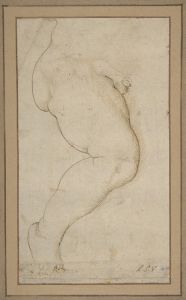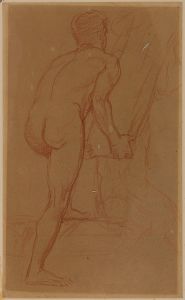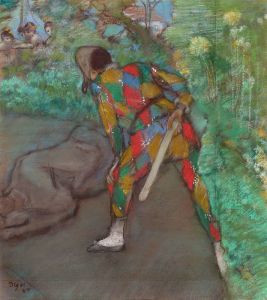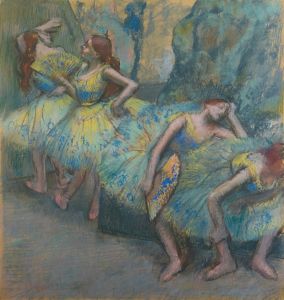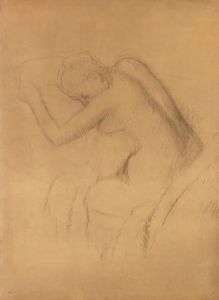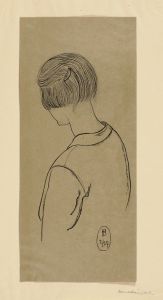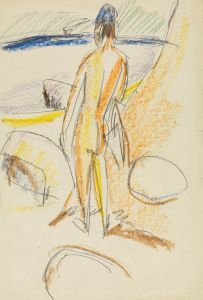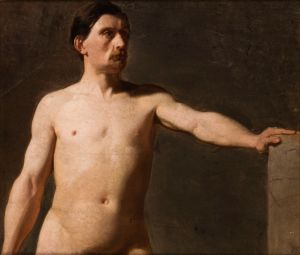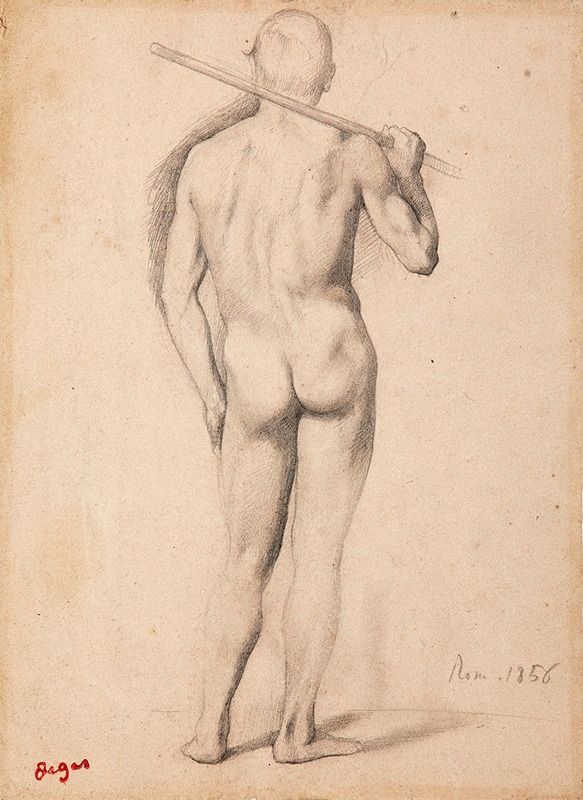
Homme vu de dos
A hand-painted replica of Edgar Degas’s masterpiece Homme vu de dos, meticulously crafted by professional artists to capture the true essence of the original. Each piece is created with museum-quality canvas and rare mineral pigments, carefully painted by experienced artists with delicate brushstrokes and rich, layered colors to perfectly recreate the texture of the original artwork. Unlike machine-printed reproductions, this hand-painted version brings the painting to life, infused with the artist’s emotions and skill in every stroke. Whether for personal collection or home decoration, it instantly elevates the artistic atmosphere of any space.
Edgar Degas, a prominent French artist associated with the Impressionist movement, is renowned for his innovative approach to painting, sculpture, and drawing. One of his lesser-known works is "Homme vu de dos," which translates to "Man Seen from Behind." This piece exemplifies Degas's interest in capturing the human form in natural and unguarded moments, a characteristic feature of his broader body of work.
"Homme vu de dos" is a study of the male figure, focusing on the back view of a man. This perspective allows Degas to explore the anatomy and posture of the human body without the distraction of facial expressions. The painting reflects Degas's fascination with movement and the human figure, themes that are prevalent throughout his oeuvre. His approach often involved depicting subjects in everyday situations, capturing them in candid, often unposed moments.
Degas's technique in "Homme vu de dos" is indicative of his broader artistic style, which often combined elements of Impressionism with more traditional methods. He was known for his meticulous attention to detail and his ability to convey the subtleties of light and shadow. In this work, Degas employs a muted color palette, which is typical of his style, allowing the viewer to focus on the form and structure of the figure rather than being distracted by vibrant colors.
The composition of "Homme vu de dos" is carefully considered, with the figure positioned slightly off-center. This asymmetry adds a dynamic quality to the piece, drawing the viewer's eye across the canvas. Degas's use of line and contour is evident in the way he delineates the muscles and form of the man's back, showcasing his skill in rendering the human anatomy.
While Degas is often associated with his depictions of dancers and women, "Homme vu de dos" highlights his versatility as an artist. His ability to capture the essence of his subjects, regardless of gender, is a testament to his keen observational skills and his deep understanding of human nature. This work, like many of Degas's pieces, blurs the line between painting and drawing, with visible brushstrokes and an emphasis on line work that suggests a sketch-like quality.
The context in which "Homme vu de dos" was created is important to understanding Degas's artistic intentions. During the late 19th century, when Degas was most active, there was a growing interest in realism and the depiction of modern life. Artists sought to move away from the idealized forms of classical art and instead focus on the authenticity of everyday experiences. Degas's work fits within this movement, as he consistently sought to portray his subjects with honesty and precision.
In summary, "Homme vu de dos" is a compelling example of Edgar Degas's exploration of the human form and his commitment to capturing the nuances of everyday life. Through his careful composition and attention to detail, Degas invites viewers to appreciate the beauty and complexity of the human body, even when viewed from an unconventional angle. This piece, while not as widely recognized as some of his other works, contributes to the rich tapestry of Degas's artistic legacy, showcasing his skill and innovation as a master of modern art.





